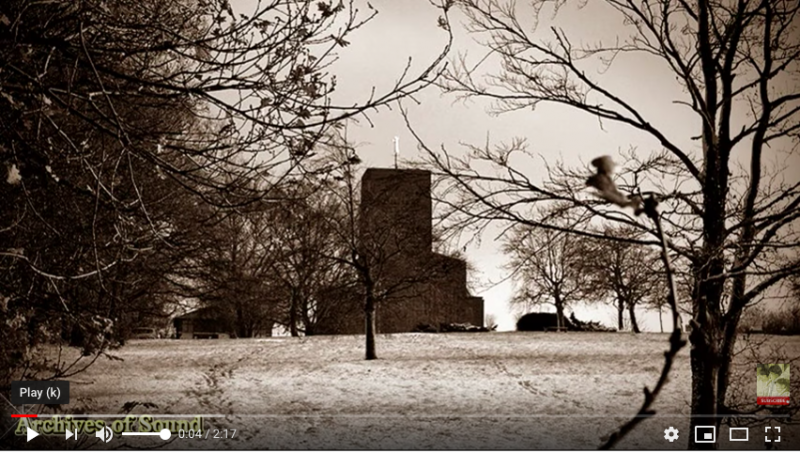Daily Office Readings for the feast day of John Keble, March 29, 2019:
If you’ve ever sang “Blest are the pure in heart” on a Sunday morning, or heard it at a choral Evensong, you can thank John Keble. (Well, for verses 1 and 3 anyway–but more about that in a minute…)
John Keble was born on April 29, 1792, in his father’s vicarage (the elder Keble, also named John, was vicar of Coin St. Aldwyns, Fairford, Gloucestershire.) A bright child, he attended Oxford on scholarship, and won the University Prize for both his English and Latin essays. Upon graduation, he stayed on as a tutor and examiner. He received Holy Orders in 1816 while still at Oxford.
Although John Keble was one of the principal minds behind what we now know as Anglo-Catholicism, (also known as the Oxford Movement) along with John Henry Newman and Edward Bouverie Pusey, he was also a prolific poet. In his seminal work, The Christian Year, he attempted to write poetry to match the lectionary for the Book of Common Prayer in use at the time. From this work comes verses 1 and 3 of the hymn “Blest are the pure in heart.” The story is not clear why William John Hall wrote verses 2 and 4 of the hymn, or even if John Keble assented to the alteration.
Yet, for all his brilliance, for all his talent, by many accounts Keble was socially shy and awkward, and struggled with self-doubt regarding his many talents. He was beset at time with moods of what was then called “melancholy” (we’d now know it as depression.) He was also incredibly close to his family, and lived the bulk of his life with family members, leaving Oxford upon the death of his mother in 1823 to live with his father and two surviving sisters. Three times he was offered positions between 1824 and 1835, yet he turned them down every time, saying he could not leave his father and remaining sister. He never married until after the death of his father, and even then, this extreme family closeness gained another dimension. John married Charlotte Clarke in 1835, whose older sister, Elizabeth, had married John’s brother Thomas ten years previously. When John Keble died in 1866, Charlotte died six weeks later.
What can we learn from the life of this brilliant, multitalented, but complicated man? Perhaps the real teaching point from his life is that he discovered a way to move out of his shell into a new reality, through his faith. His faith inspired his poetry, and his poetry reflects the journey of a man who was continually seeking to understand Scripture and church teaching through the inner workings of his instinctual connection with the beauty of nature. He had spent countless hours as a boy and young man exploring the countryside alone or with one or two trusted friends as a way to counterbalance his insatiable appetite for study.
Additionally, he discovered that something that could often lift him out of his depression was to perform intentional deeds of active kindness. “The best cure for melancholy,” he was quoted as saying, “is to go out and do something kind to someone.” At a time when present day treatments for depression weren’t even a gleam in anyone’s eye, the fact that he could find ways to ease his own depression was laudable.
How might John Keble’s words speak to us today in our own self-care and in our own understanding of God?
Maria Evans splits her week between being a pathologist and laboratory director in Kirksville, MO, and gratefully serving in the Episcopal Diocese of Missouri . She is presently enjoying a brief hiatus as a “free range priest”, awaiting her next call as an interim.

